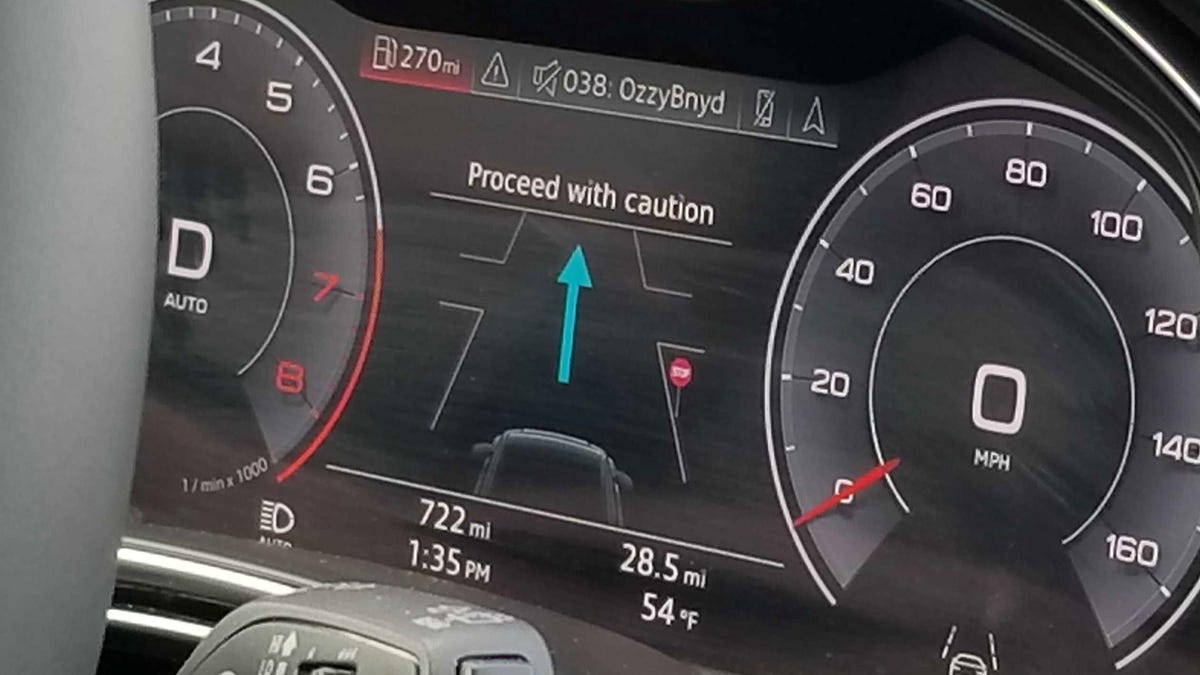Harman wants pedestrians to join the V2X revolution through 5G mobile devices
The supplier is at CES 2020 with a system that it thinks can save lives.
Vehicle-to-X (V2X) communication is a burgeoning automotive technology that could become an indispensable way to save lives on roads around the world. By connecting vehicles to infrastructure, as well as other vehicles, every driver could have a better idea of what's happening around them. At CES 2020, supplier Harman wants to bring another group into the V2X fold, and it's a big one.
Harman this week unveiled its Vehicle-to-Pedestrian system, which it includes as part of the entire V2X ecosystem. Using cellular V2X (C-V2X) technology that operates on 5G networks, Harman wants to include pedestrians and their mobile devices in the greater network of linked vehicles and infrastructure that communicates about road hazards and other issues that could present safety concerns.
Here's an example of how it would work. Let's say there's a driver trying to exit an alley. In addition to the car receiving signals from other cars, which would let the driver know when the road is clear, the car might also receive a notification from a pedestrian or biker with a 5G-enabled device. That same pedestrian would also receive a notification that a vehicle is trying to exit the alley, so both sides of the equation are as fully knowledgeable about the situation as possible.
While bringing pedestrians into the greater V2X fold should improve safety for everyone involved, there are some speed bumps between right now and a time when this tech will be ready for widespread deployment. 5G-related hardware is one of the biggest, as it's still very new in regard to both mobile devices and vehicles. There's also the matter of getting automakers to sign up for additional hardware in their cars, while simultaneously convincing lots of municipalities to add hardware to their local infrastructure.
See also
- CNET's 20 favorite products of CES 2020
- All the cool new gadgets at CES 2020
- Full coverage of CES 2020
There's also the matter of how V2X will actually communicate. Right now, there are two competing but similar standards to enable V2X across vehicles and infrastructure. The first is C-V2X, which relies on cellular networks, whether it's 5G or 4G LTE . The other is dedicated short-range communications (DRSC), which runs on the 5.9GHz radio spectrum. Some suppliers, like Qualcomm, are working on V2X solutions that take advantage of both methods of communication, but no clear standard has been established for future tech just yet.
Nevertheless, Harman's idea is a promising one. As 5G grows to ubiquity, we'll undoubtedly see more focus placed on the early stages of V2X. It might take years for the benefits to be realized, but when they are, V2X has a real shot at helping eliminate collisions and fatalities on roadways around the world.


